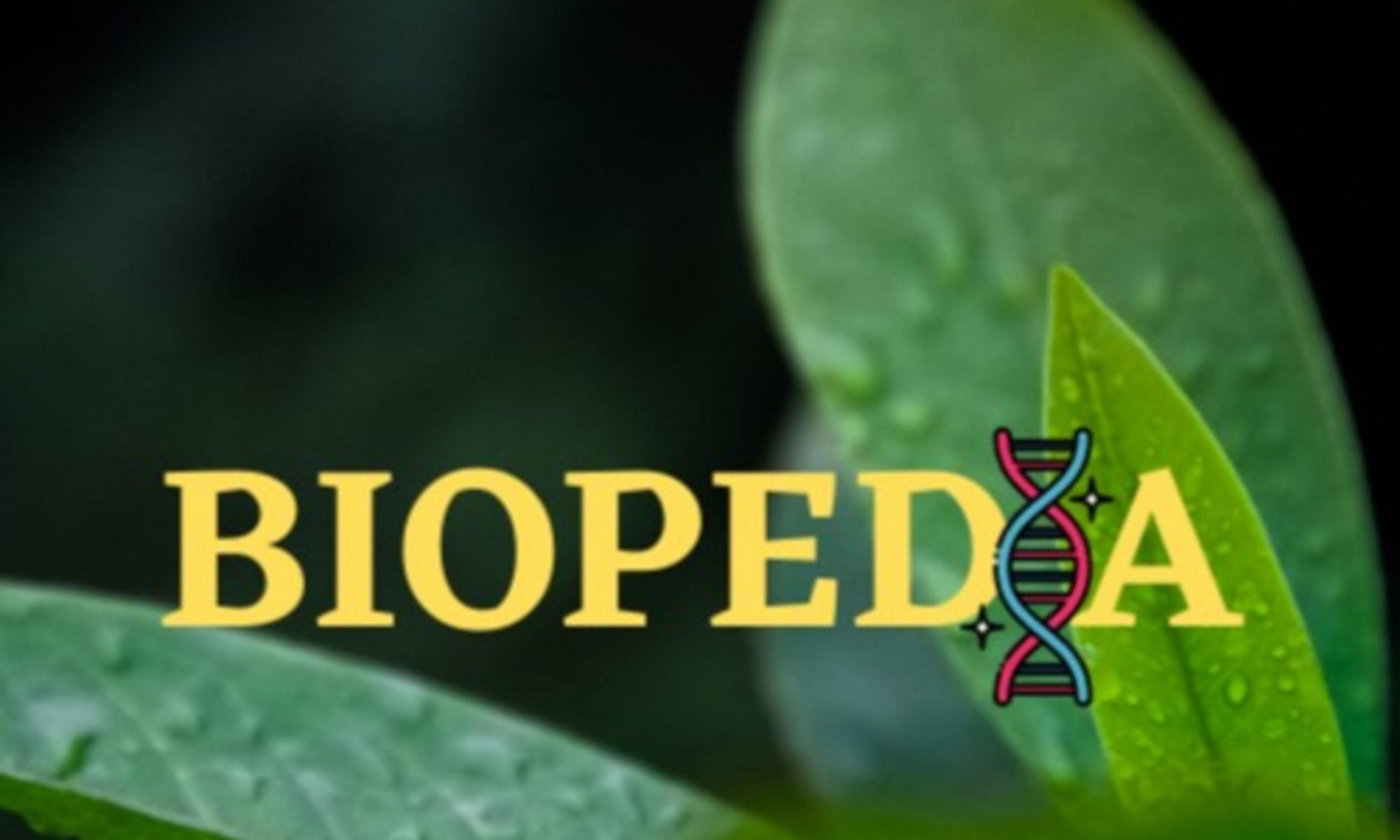Science has to change with the evidence if it is to be trusted. One example of this comes with Dollo’s Law, named after the French Belgian biologist Louis Dollo. His original theory was that evolution would never, under any circumstances, retrace its path. However, as we’re going to see on the podcast today, that isn’t always the case. With new evidence came the need for a revamp of Dollo’s Law…
Sources for this episode: 1) Author unknown, Wikipedia (date unknown), Dollo’s Law of irreversibility (online) [Accessed 24/01/2021]. 2) Author unknown, Encyclopaedia Britannica (2018), Dollo’s Law (online) [Accessed 24/01/2021]. 3) Zimmer, C., National Geographic (2003), Recoil from Dollo’s Law (online) [Accessed 24/01/2021]. 4) The Editors, Encyclopaedia Britannica (2018), Peppered moth (online) [Accessed 27/01/2021]. NOTE: I think I get a bit mixed up in my speech at one point with the gastropod example. What I should have said is that shells started out coiled, uncoiled itself and then recoiled on at least two occasions.

